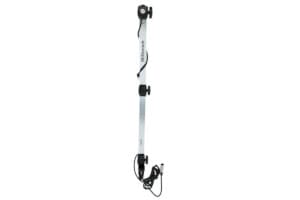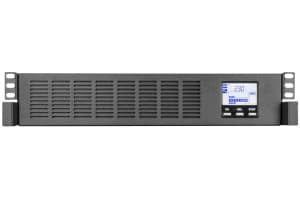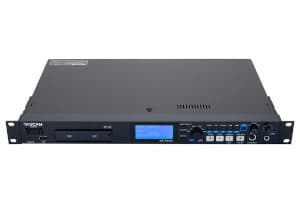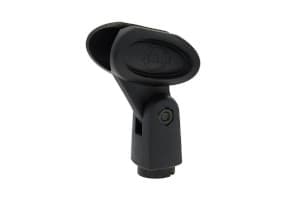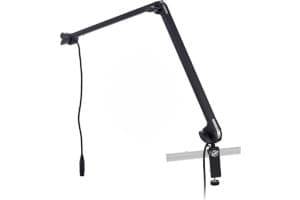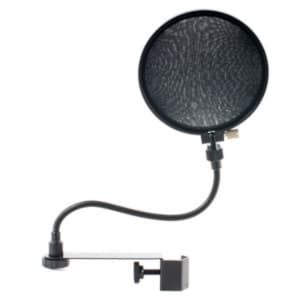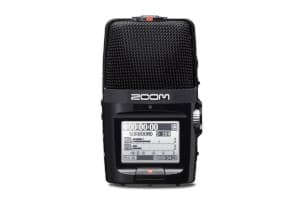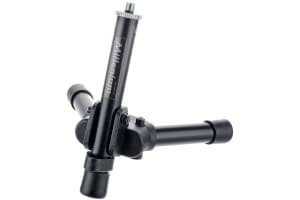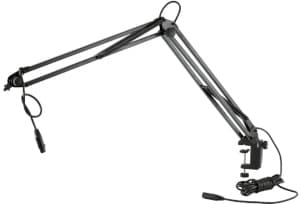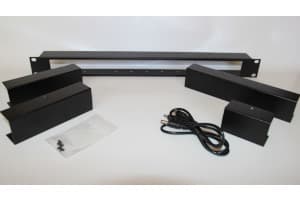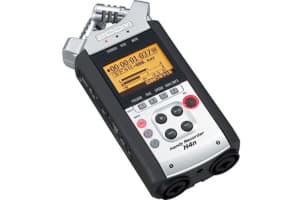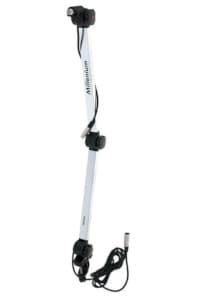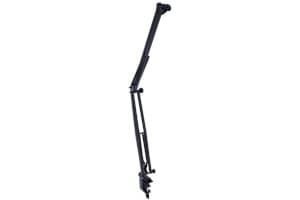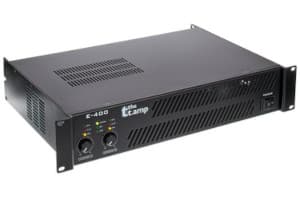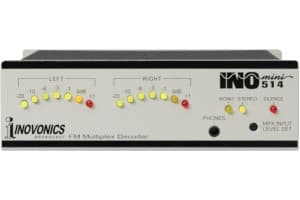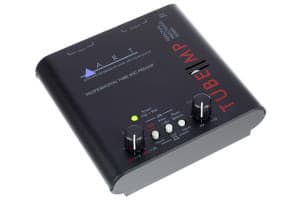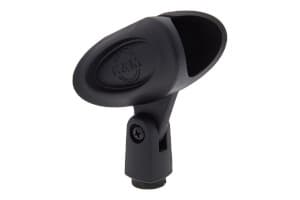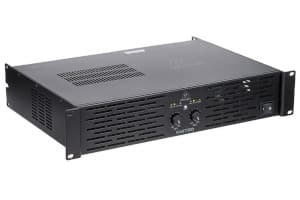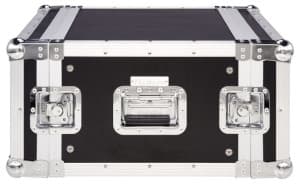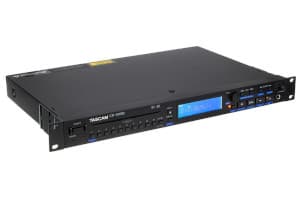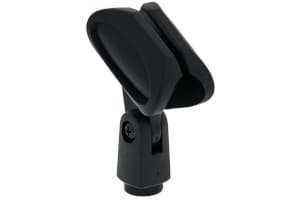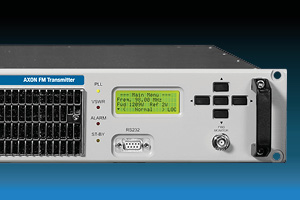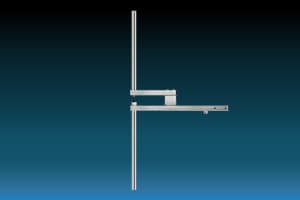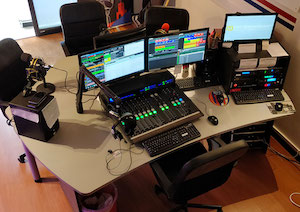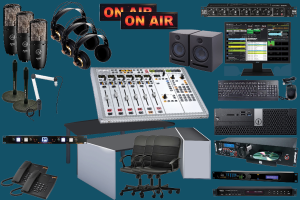Studio Accessories
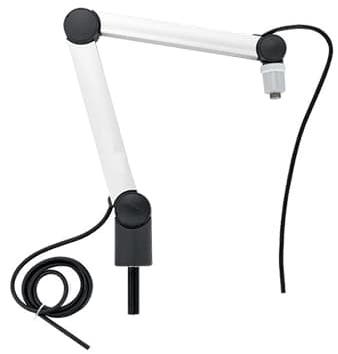
Here is a list of the accessories that you might need to further complete your Radio Studio:
1. Mic Arms

Studio microphones are often mounted on a special arm that keeps the
microphone at the proper height. This accessory is usually referred to as Mic Arm,
but it is also called Microphone Arm or Microphone Boom Arm.
A microphone arm helps you move the mic around and adjust it to your liking. These arms often extend over the audio console, computer monitors, and
other equipment – leaving plenty of free table space for other instruments and paper.
They are designed to be as ergonomic and adjustable as possible, so as not to take space and allow for easy and comfortable broadcasting,
both for the host and the guests.
There are several types of mic arms:
- Desk Mic Arms are the most common, as they can easily be mounted on any surface and then adjusted dinamically as one speaks. Broadcast Boom Arms normally have a longer reach than standard desk arms.
- Studio Suspension Mic Arms are designed to be installed in the studio, and are normally installed on the ceiling or on an overhead support structure. This is done so as to minimize floor noise and vibrations, by placing the microphone in a steady position overhead. Vocal recording benefit the most from this setup.
- Floor Mic Arms are even more flexible in positioning and adjusting, and have their own floor stand or tripod.
- Podcast Mic Arms are also normally installed on desks, but come with integrated USB hubs and other accessories that are useful to podacasters.
2. CD Player
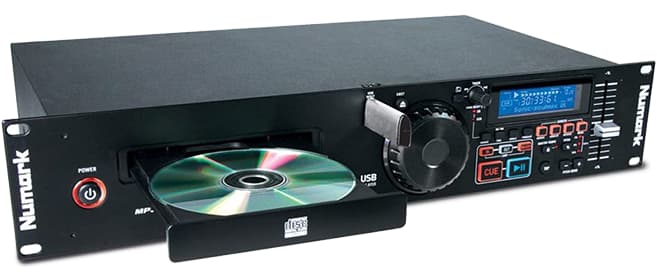
Even though nowadays most of the music comes from some MP3 source, you still need
a CD Player of good quality to play music.
The CD player is used even just as a backup, or as a way to capture old
archival material. It provides high-quality sound and allows for quick and smooth cueing. CD players are also very reliable and durable pieces of equipment,
adding to the several reasons why it is definitely recommended to have one in the studio.
3. Talent Panel
The term Talent Panel normally referes to the ensemble of people that take part in a TV or radio show:
main host and co-hosts, guests, contributors, news anchors, traffic and weather reporters.
However, the expression talent panel also refers to a piece of equipment that will allow each person to control their own headphones and microphone.
This helps avoiding any disturbances to the audio that is being broadcast – in case, for example, one of the participants has to cough or sneeze.
Thus, if you are planning to have guests in your radio show, you should definitely get a talent panel.
There is normally a Main Announcer or Panel Operator who controls everything via the Audio Console; however,
guests and hosts often need their own individual control for headphone levels, cough mute and mic on/off. For this reason,
it would be smart to place the talent panel in front of the microphone.
Most panels include a headphone jack, and some also contain an XLR connector for the microphone.
4. Soundproofing Panels/ Acoustic Panels/ Studio Foam Wedges
Adding some soundproofing to your studio can really help you to improve the overall audio
quality – especially if there is a lot of reverb or echo.
Foam Soundproofing Panels are the last piece of the "audio puzzle". They come in
a variety of sizes and can be purchased cheaply.
If placed strategically in your broadcast area, they are an excellent way to cancel out any remaining
ambient and background sounds such as street noise.
Here are the most common shapes that these acoustic panels come in:
- Pyramid (most common, with a multi-angle surface)
- Wedge (standard shape, normally flat in the front)
- Bass Trap (thicker, for low frequencies)
- Corner Bass Trap (to absorb the sounds the reach the corners of the room)
When buying studio foam wedges, you should take into account several factors: what acoustic function you need from it (i.e. absorption); what shape, thickness and density will serve your purpose better; what colours would match with your setup; how easy the are to install in your room; the type of foam used and its durability; their NRC (Noise Reduction Coefficient) rating.
